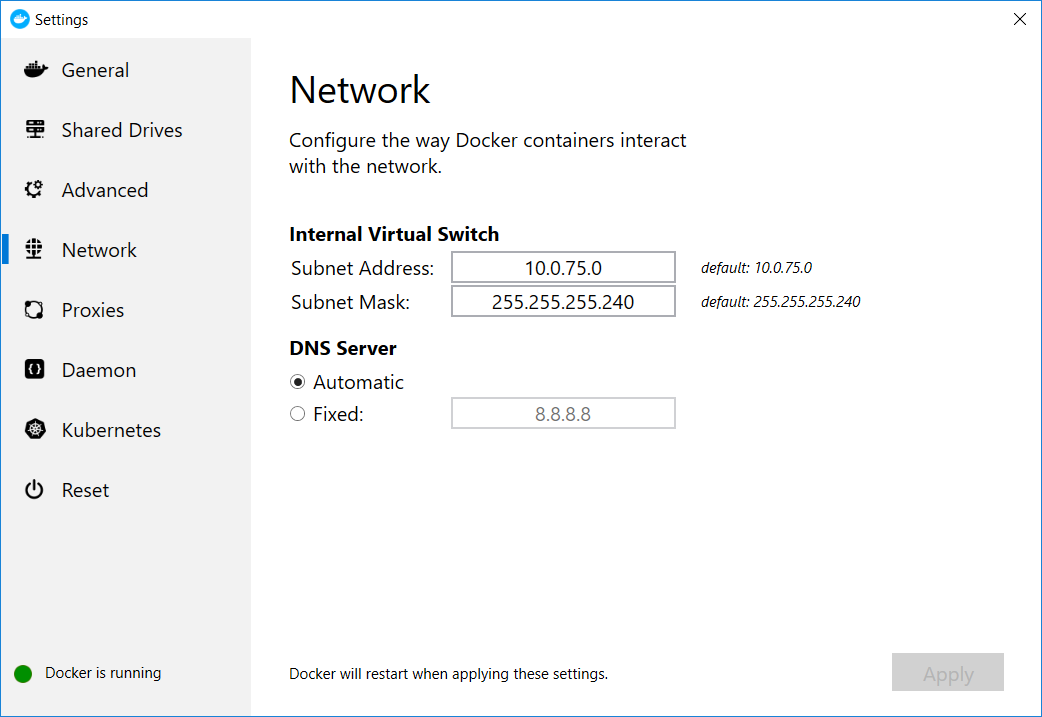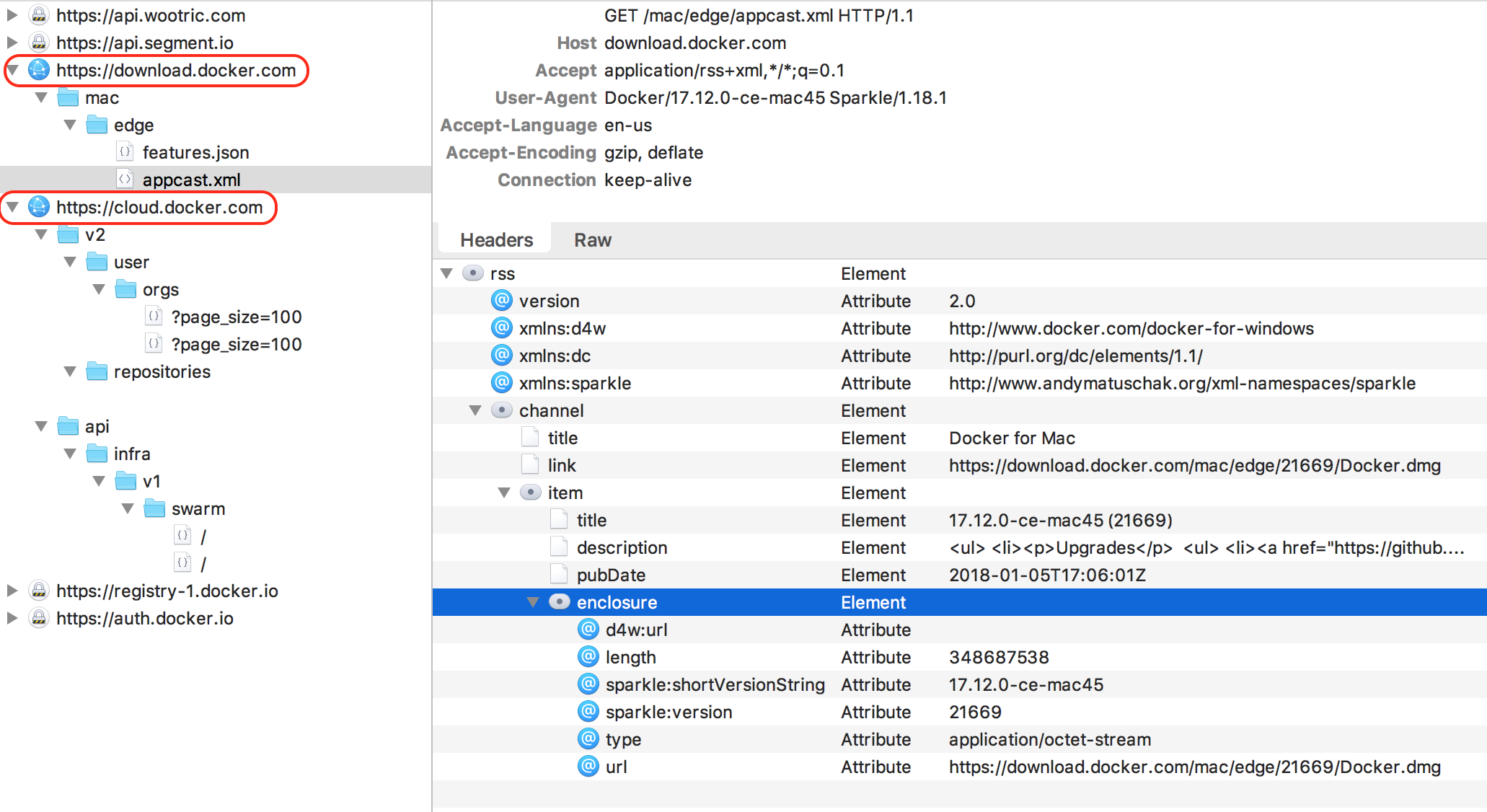
- KITEMATIC VMWARE PASSWORD
- KITEMATIC VMWARE SERIES
docker.io/library/ is the default registry and the latest is the default tag, so orientdb is the same as docker.io/library/orientdb:latest.You can check this by running docker run -help as mentioned before. Similarly the most common options have their short forms too, like -p for -publish, -d for -detach, or -e for -env.Most common management commands have shorter forms, like docker run is equivalent to docker container run.Laziness is the Mother of Progressīut it is way too much typing, so luckily for lazy guys like me Docker comes with some help.
KITEMATIC VMWARE PASSWORD
env is the way to pass the environment variable to the container, like the database root user password required during the first setup of the OrientDB database server

publish 0.0.0.0:2480:2480 says that the port 2480 used by the application inside the container should be exposed to the host computer and mapped to the port 2480 accessible via any client IP because of 0.0.0.0 mask. detach says that the container should start in the background
What are the options we are going to use?. Similarly you can call for help for the tool using docker -help and for the list of commands related to container object using docker container -help. You can see the list of possible options and their meaning by attaching -help at the end, i.e.  Everything in between the command and the image name are options specific for the docker command being executed. This is the image from orientdb repository which has the tag latest and stored in the public registry, as can be identified by docker.io/library/ namespace. …and the command is run, which creates a new container from the Docker image docker.io/library/orientdb:latest. We tell it to execute a command related to container Docker object (there are several kinds of objects you deal with using Docker, but we will get to that later)…. We run the docker CLI tool - that’s obvious. We agreed on avoiding graphical UI, so everything needs to go into the command line. Ok, do not get scared and discouraged at this moment. Have a look at this command ( without running it yet):ĭocker container run -detach -publish 0.0.0.0:2480:2480 -publish 0.0.0.0:2424:2424 -env ORIENTDB_ROOT_PASSWORD=root docker.io/library/orientdb:latest We do not know the password for the database’s root user, as it was auto-generated inside the container. Even though it exposed two services on ports 24 they are not visible outside of the container. Let’s celebrate!! …or not?Įven though we have a database running in our very first container, there is no easy way to access it right now: It was downloaded from the orientdb repository hosted by public registry called Docker Hub. Yay, out of nowhere our first container is running! Or for all the purists among us: “ Yay, our first container is up and the command to start OrientDB server is running!” There is a difference between these two statements, but we will get into details later.Īnd this first container did not came from nowhere. If you have never ran it before, then you should see the output similar to this. I assume you have access to Docker and it has access to the Internet (as described in the previous post). Without further ado, let’s run our first container! It is one of Top 3 databases to process graph data accordingly to. And its community edition is an open source. Never heard about OrientDB so far? Well, it is about time! OrientDB is “ the DBMS supporting Graph, Document, Reactive, Full-Text, Geospatial and Key-Value models in one Multi-Model database“.
Everything in between the command and the image name are options specific for the docker command being executed. This is the image from orientdb repository which has the tag latest and stored in the public registry, as can be identified by docker.io/library/ namespace. …and the command is run, which creates a new container from the Docker image docker.io/library/orientdb:latest. We tell it to execute a command related to container Docker object (there are several kinds of objects you deal with using Docker, but we will get to that later)…. We run the docker CLI tool - that’s obvious. We agreed on avoiding graphical UI, so everything needs to go into the command line. Ok, do not get scared and discouraged at this moment. Have a look at this command ( without running it yet):ĭocker container run -detach -publish 0.0.0.0:2480:2480 -publish 0.0.0.0:2424:2424 -env ORIENTDB_ROOT_PASSWORD=root docker.io/library/orientdb:latest We do not know the password for the database’s root user, as it was auto-generated inside the container. Even though it exposed two services on ports 24 they are not visible outside of the container. Let’s celebrate!! …or not?Įven though we have a database running in our very first container, there is no easy way to access it right now: It was downloaded from the orientdb repository hosted by public registry called Docker Hub. Yay, out of nowhere our first container is running! Or for all the purists among us: “ Yay, our first container is up and the command to start OrientDB server is running!” There is a difference between these two statements, but we will get into details later.Īnd this first container did not came from nowhere. If you have never ran it before, then you should see the output similar to this. I assume you have access to Docker and it has access to the Internet (as described in the previous post). Without further ado, let’s run our first container! It is one of Top 3 databases to process graph data accordingly to. And its community edition is an open source. Never heard about OrientDB so far? Well, it is about time! OrientDB is “ the DBMS supporting Graph, Document, Reactive, Full-Text, Geospatial and Key-Value models in one Multi-Model database“. 
Our first toy: OrientDBįor our initial experiments with Docker we will play with the community edition of OrientDB. If you are using Kitematic and would like to share your experience or tips&tricks with it, please share a link to your content in comments.
KITEMATIC VMWARE SERIES
Through the rest of the series we will focus mostly on command line tools. In its current alpha version it is pretty much useless for what we want to do here, so let’s forget about it in the context of the current blog. It is called Kitematic and its Alpha version is part of Docker Desktop installation. If you used VM hypervisors on your computer, then I should assume you used an application with graphical UI - like VMware Player - to manage, configure, start or stop your virtual machines.Īt the time of writing this post, the Docker Desktop is at the version 2.1 and comes with such a UI application as well. Along the way we will clarify differences between traditional VMs and containers. Even if you haven’t worked with containers yet you might have heard that “ containers are like light-weight virtual machines“.Īnd that’s the way we are going to use them at the beginning too.







 0 kommentar(er)
0 kommentar(er)
